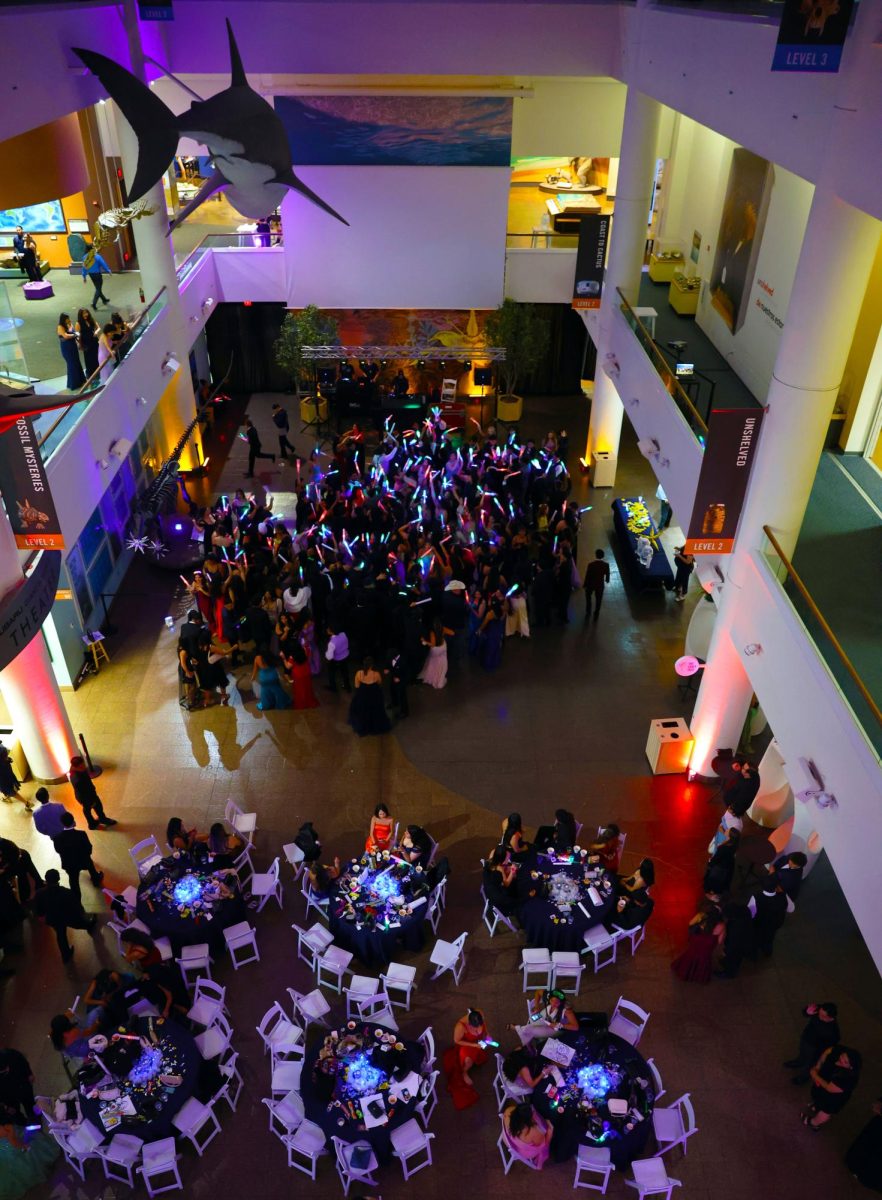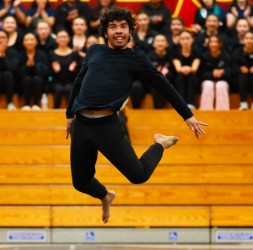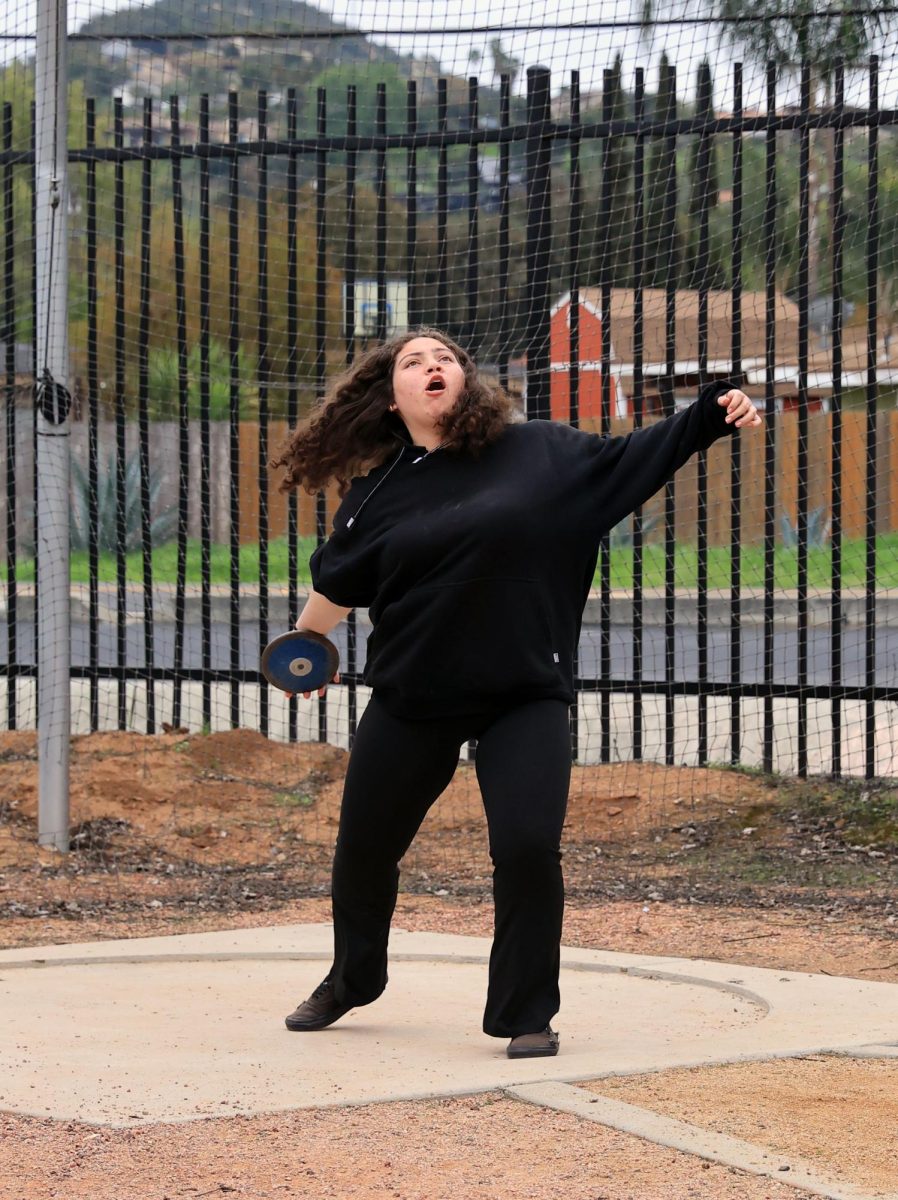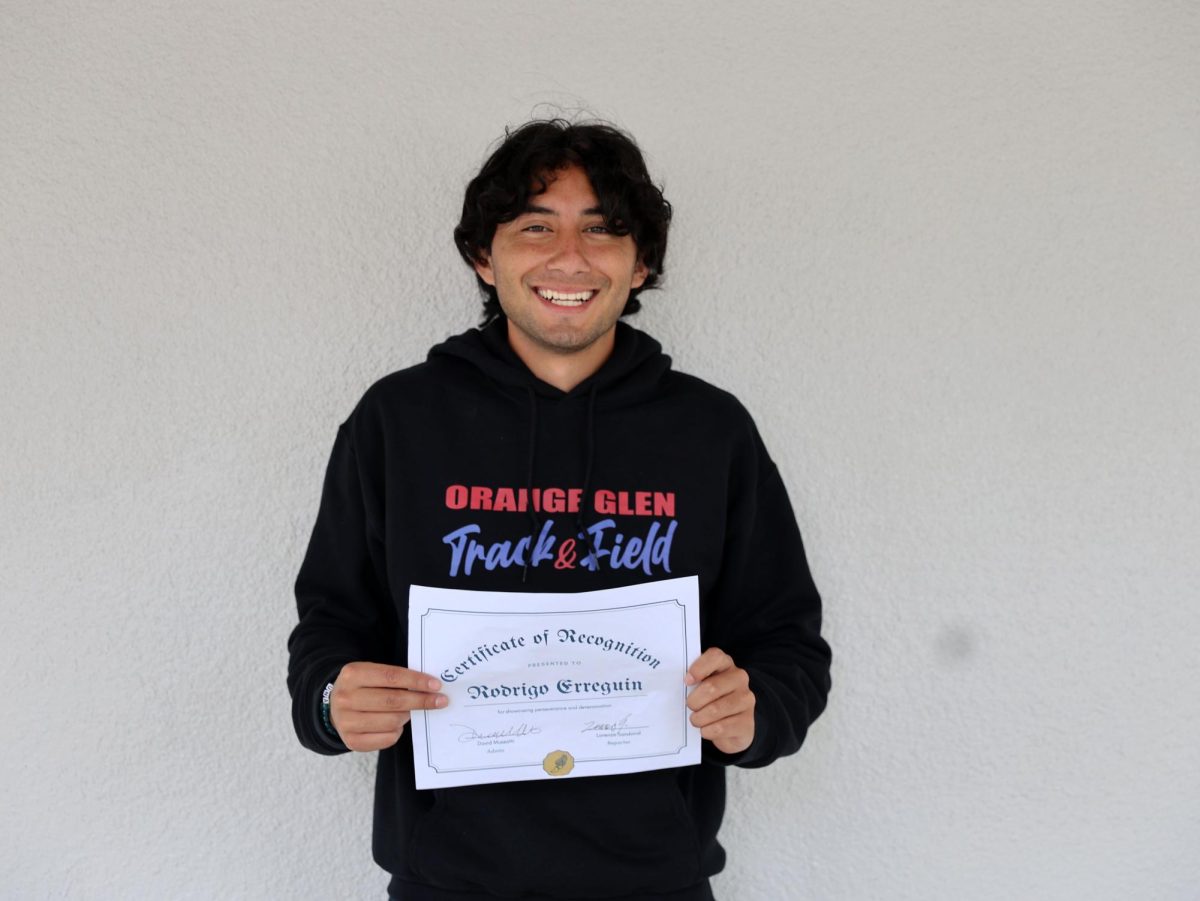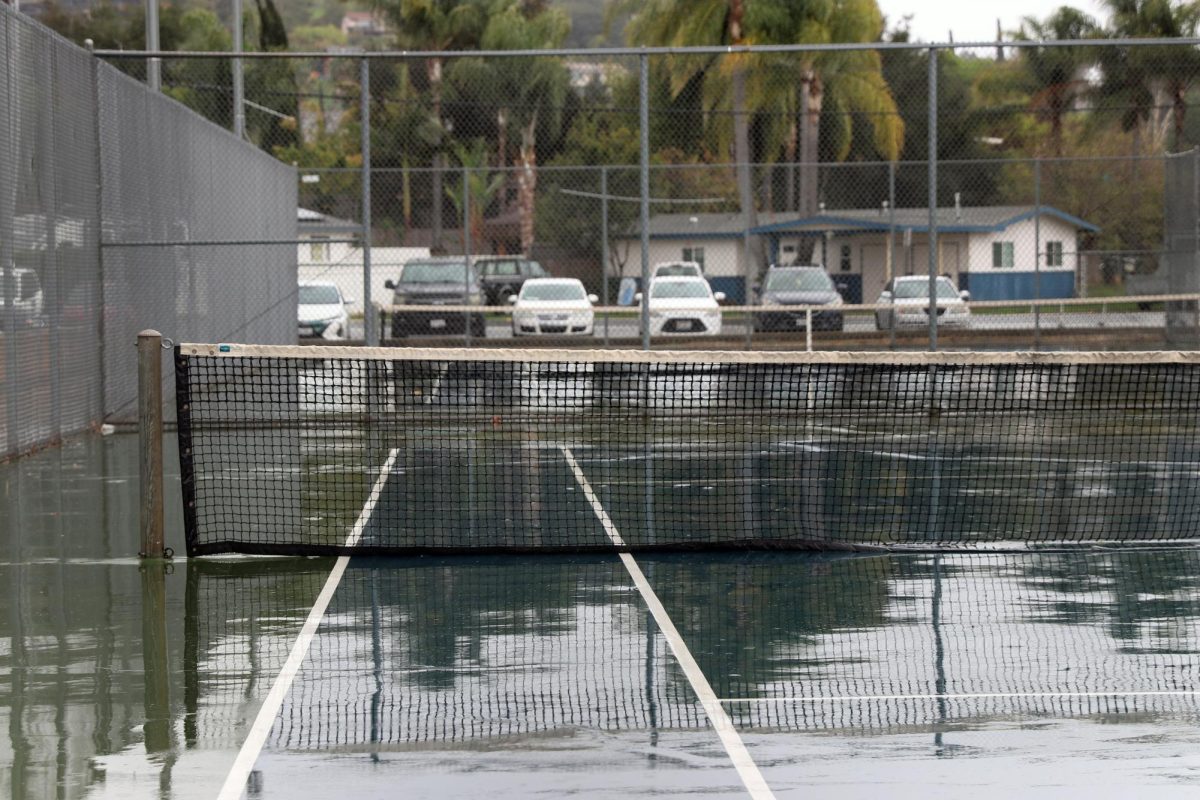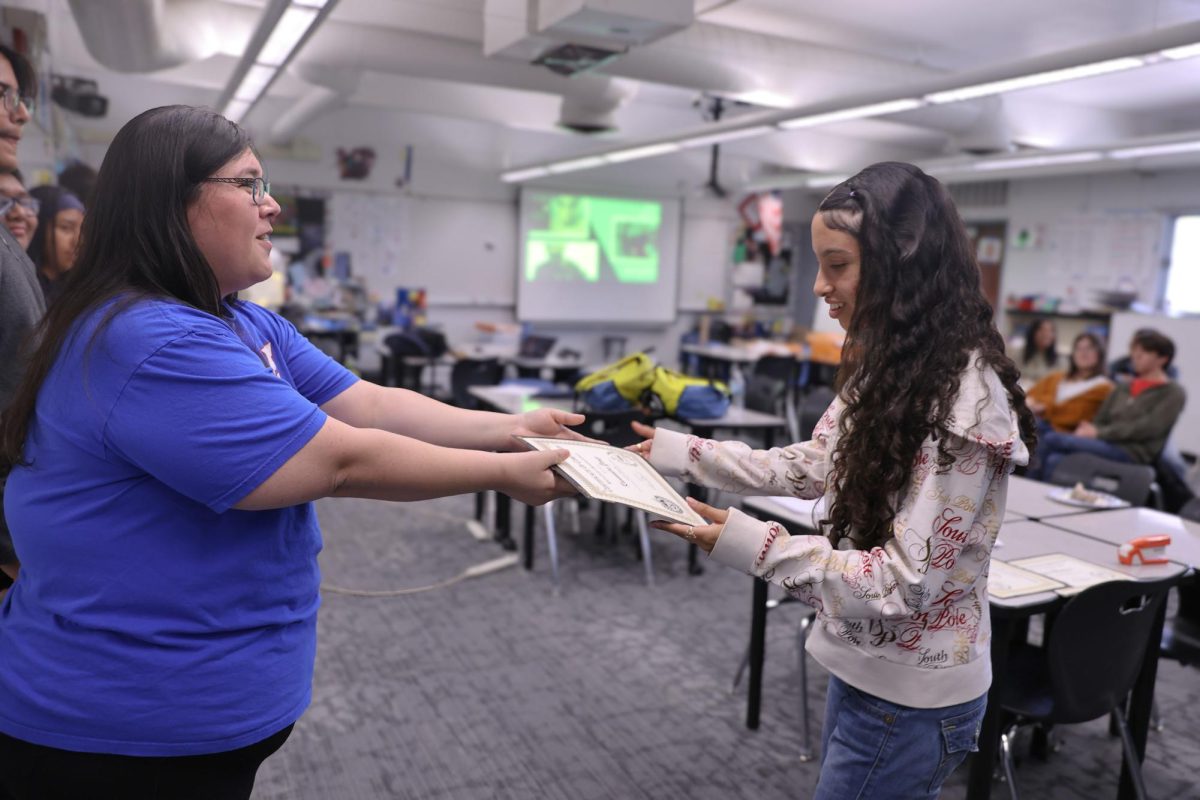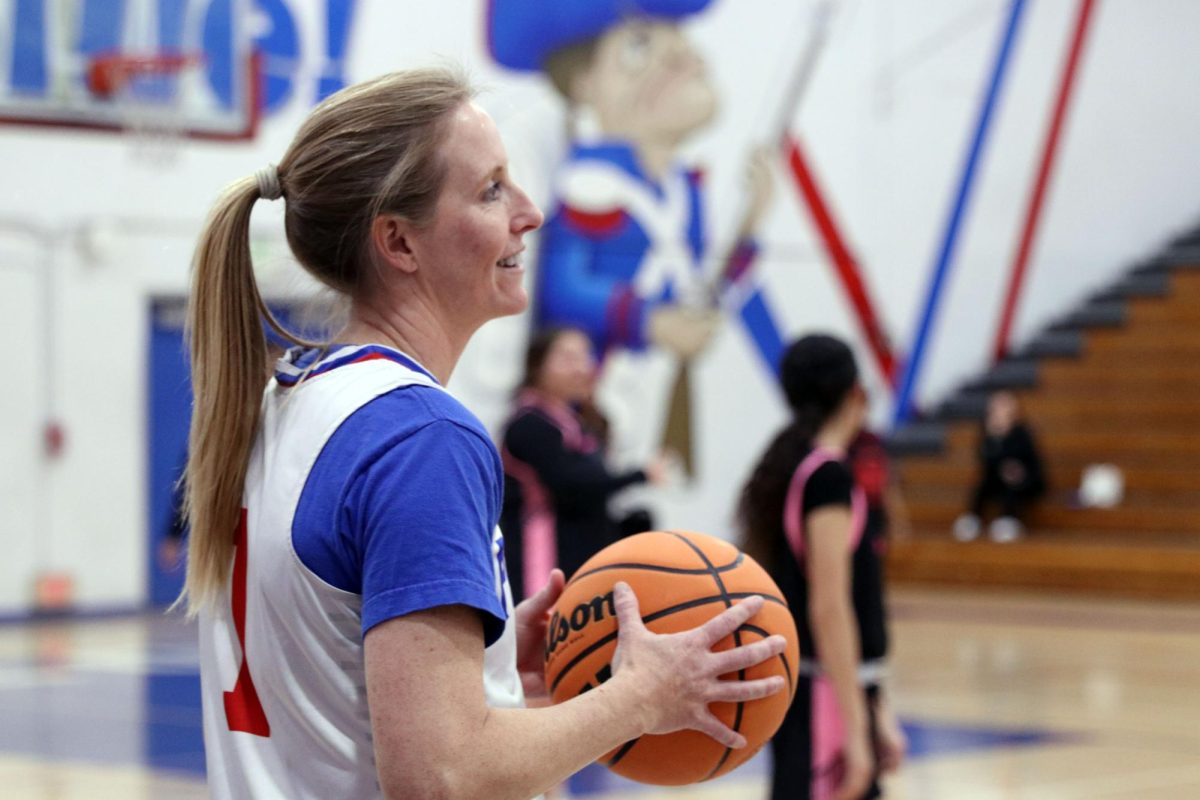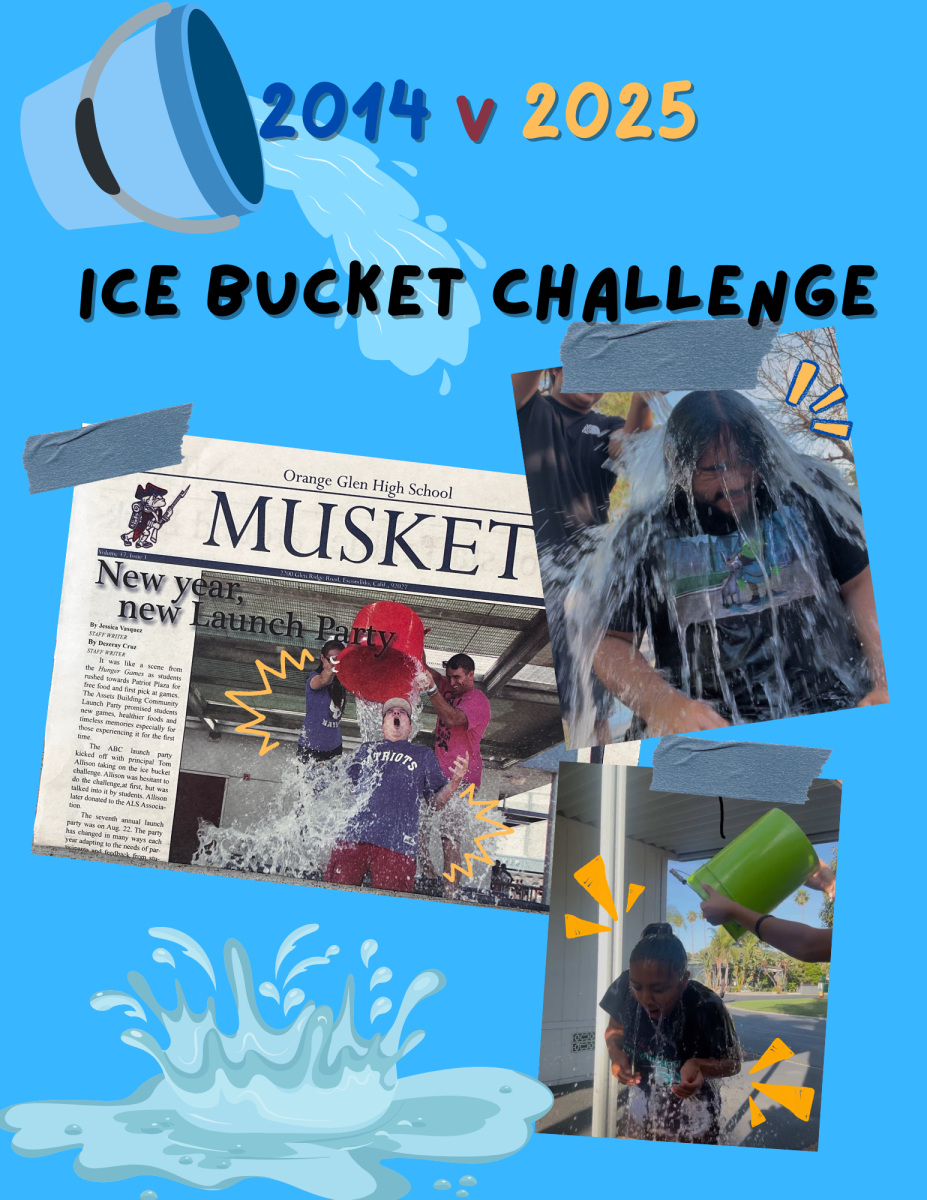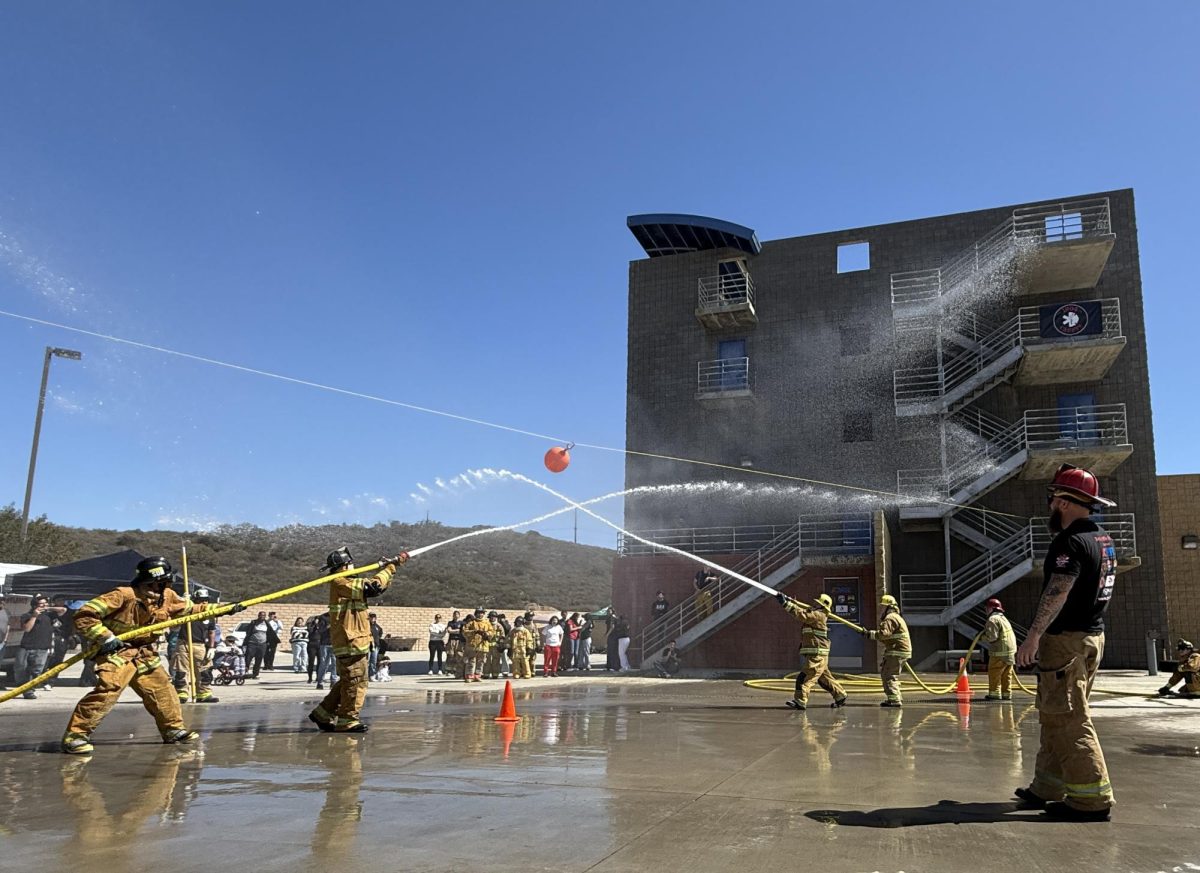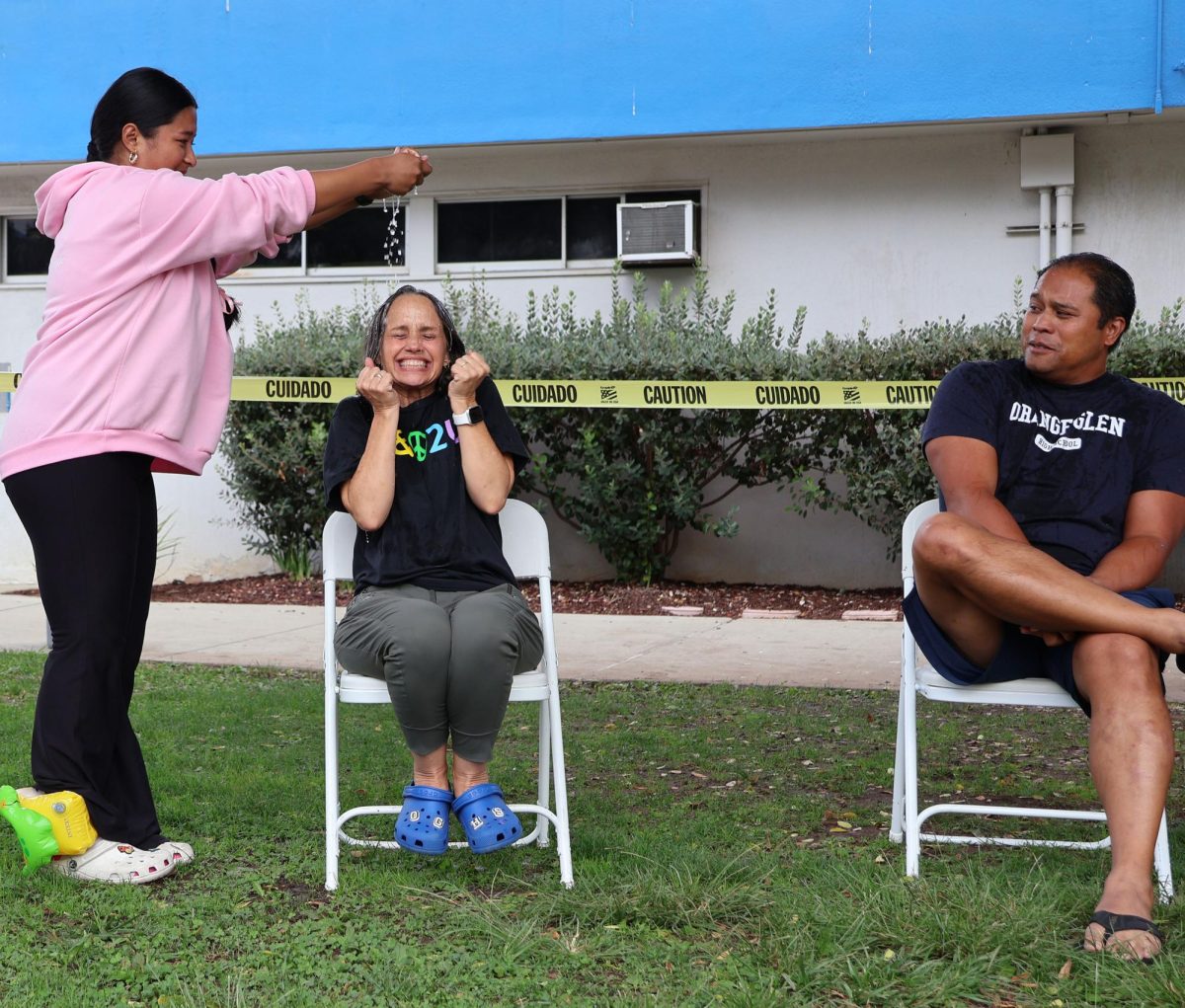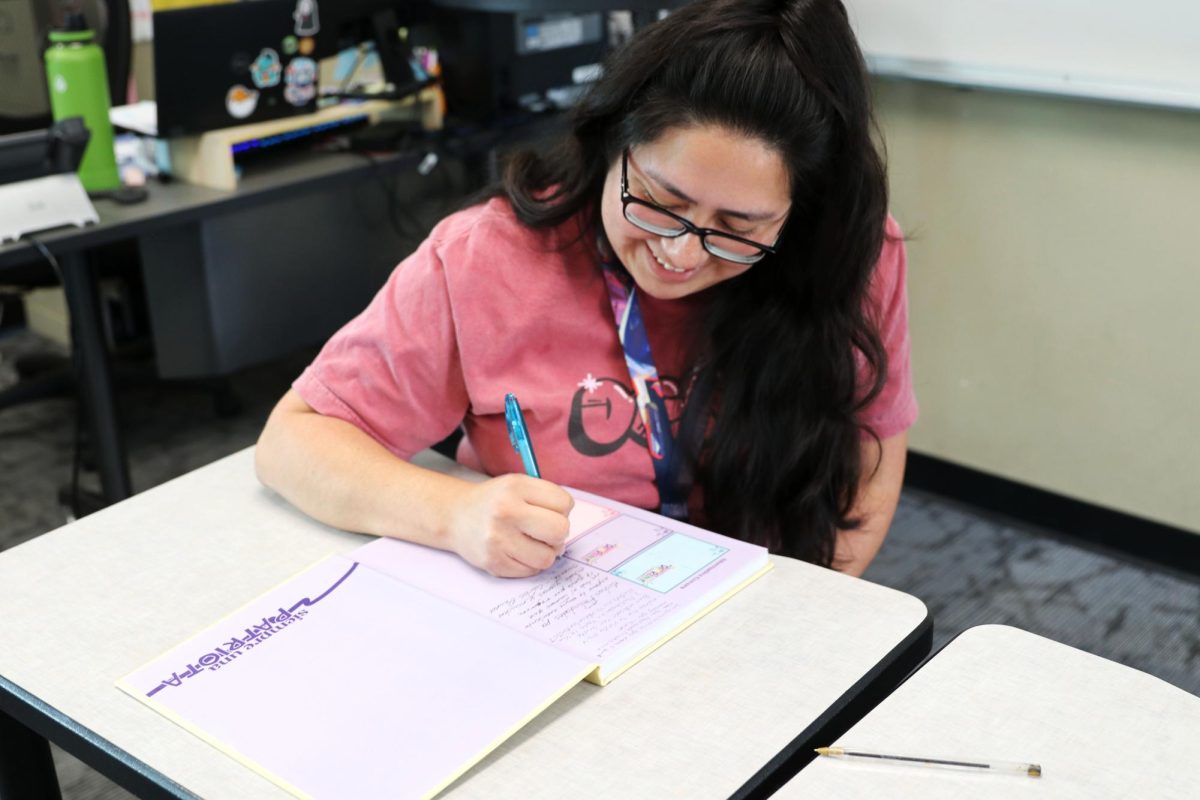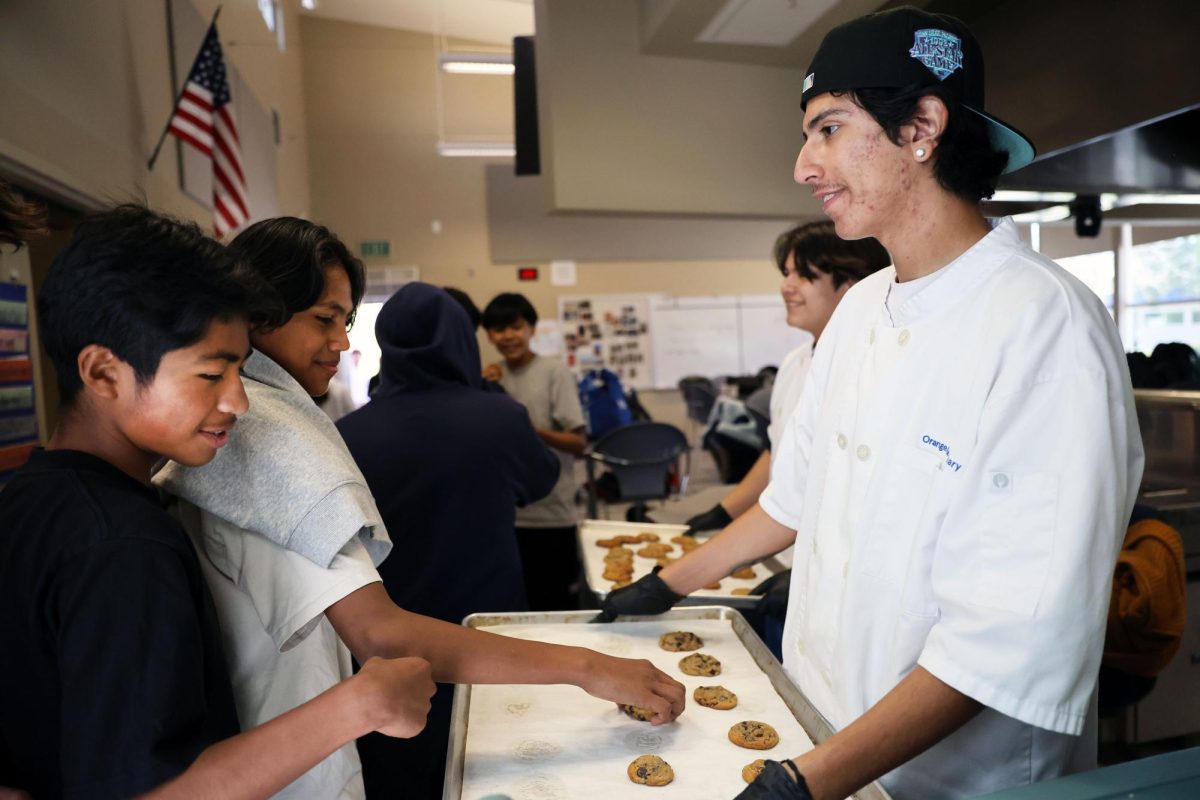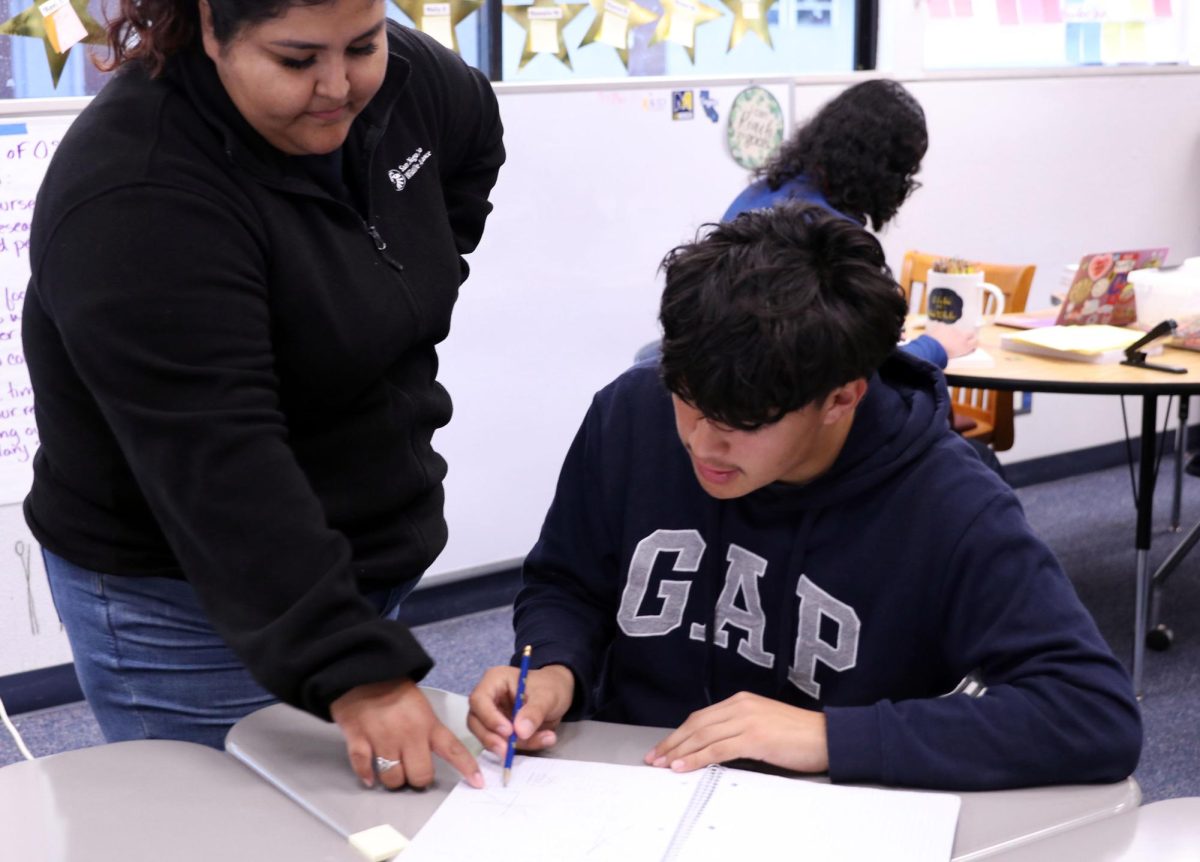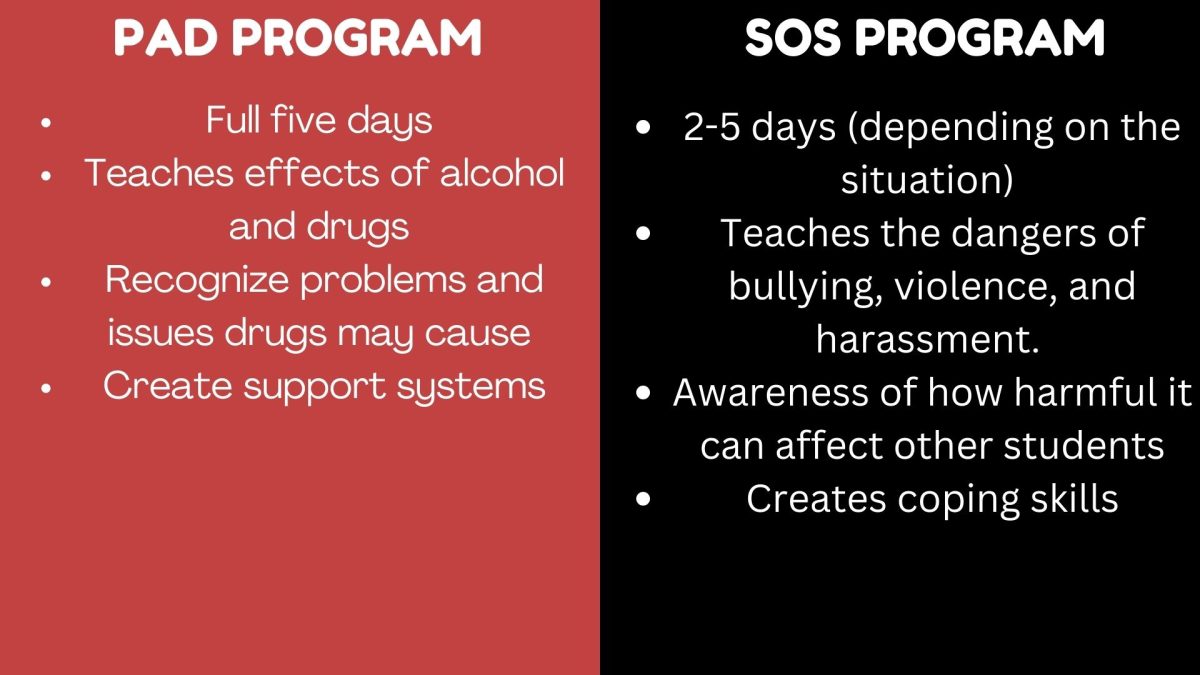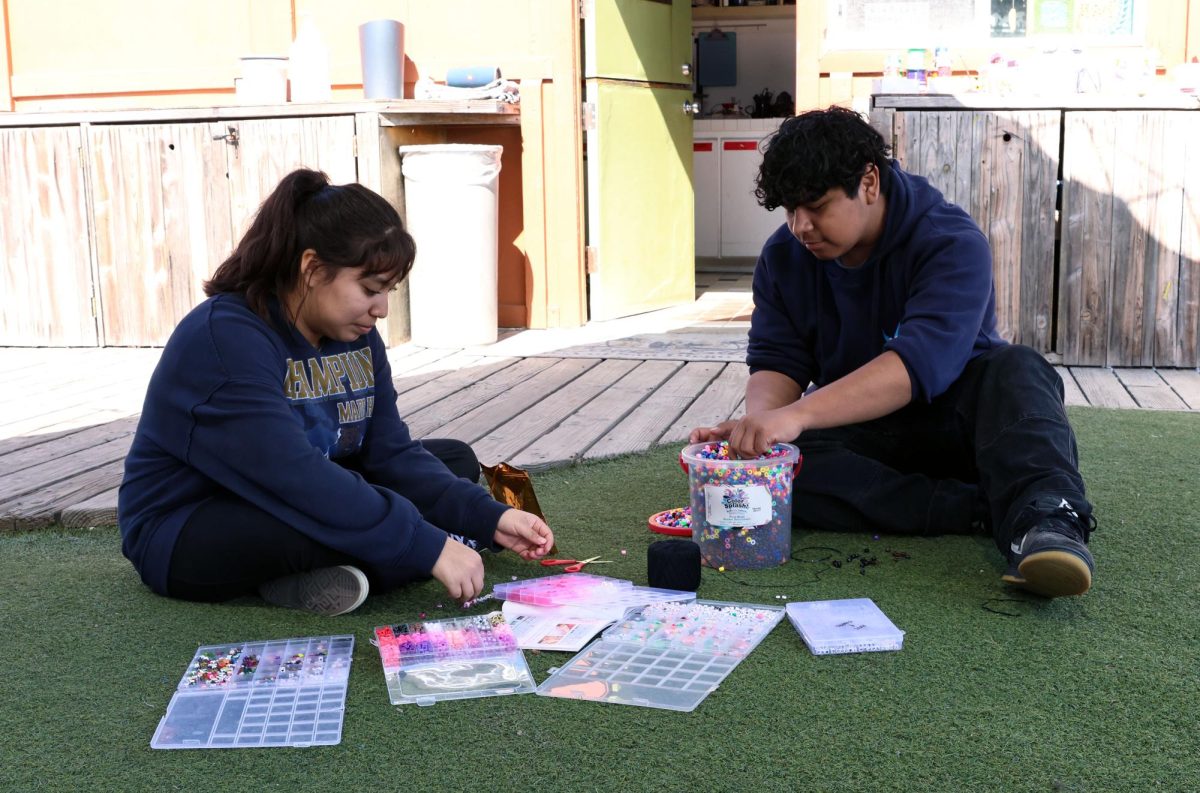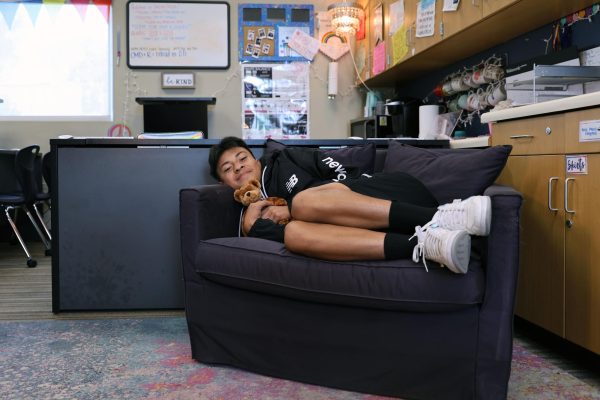Waking up to waves crashing on the shore and salty sea air is a definite change of pace for students from Escondido. Those who attended Camp Surf experienced a whole world full of new experiences. Fifty students were taken to YMCA Camp Surf on a field trip to learn more about and care for the oceanic environment. Camp Surf was hosted from Feb. 28 to Mar. 2 by science teacher Stacy Bilben and Assets Coordinator Douglas Paulson. The camp was located in Imperial Beach and provided students with opportunities to explore the coastal outdoors. Students could also take walks along the beach and do outside activities like rock climbing, riding bicycles and skateboarding.
Paulson established a relationship with Camp Surf several years ago. Initially, the main focus was to do ocean sports like kayaking, surfing, swimming, stand-up paddleboarding and windsurfing. Unfortunately, Camp Surf is very close to the Tijuana River Estuary. Due to this, it’s almost always polluted with sewage runoff from both Mexico and the U.S. On average, the beach was only considered safe for water activities two to three times a year.
“The main learning goal for this field trip was to show students that they should protect their ocean because of how much it has been polluted,” Bilben said.
Students experienced this firsthand, doing various activities to open their eyes to the way pollution affects the ocean. Many students were unaware of the dangerously polluted water situation in Imperial Beach, which is just five miles from the Mexican border.
“We went to grab some water from the ocean, and we checked to see all these little animals in the water. We were trying to see what was in the water, and we did that by seeing it through a magnifying glass,” Estefany Santiago, 12, said.
Even though they couldn’t swim in the ocean or participate in water sports, the students were still able to enjoy the beach. Many participants played soccer on the sand or went for walks along the waves. During one evening walk, they discovered a dead sea lion near their campsite. Under supervision from camp staff and the adults present, the students investigated the carcass and tried to determine a possible cause of death for the animal.
“I find it weirdly interesting because I’ve never seen something like that before, let alone a sea lion that close,” Amy Ledezma, 12, said.
Doug Paulson, who was chaperoning, thought that it wasn’t a very good idea due to how terrible it smelled. He described the scent as so strong that the second you touched the bones, your hands would stink forever. Eventually, the city of Imperial Beach came to bury the dead animal.
Despite the challenges that Camp Surf presents, Paulson hoped to continue taking students to visit the site. Each trip to the camp has been plagued by issues that forced the chaperones and camp staff to adapt and think on their feet. The first trip to Camp Surf resulted in rainy weather, and most of the students spent the weekend waterlogged, but almost all were willing to attend again. The trips were funded through the Conservation and Outdoor Recreation Education program, which provides funding to facilitate outdoor experiences for students.
“It’s pretty expensive, but yes, we want to go back to Camp Surf. It gives our students a chance to experience parts of San Diego that they aren’t exposed to otherwise. And every time we go, they learn something new,” Paulson said.

